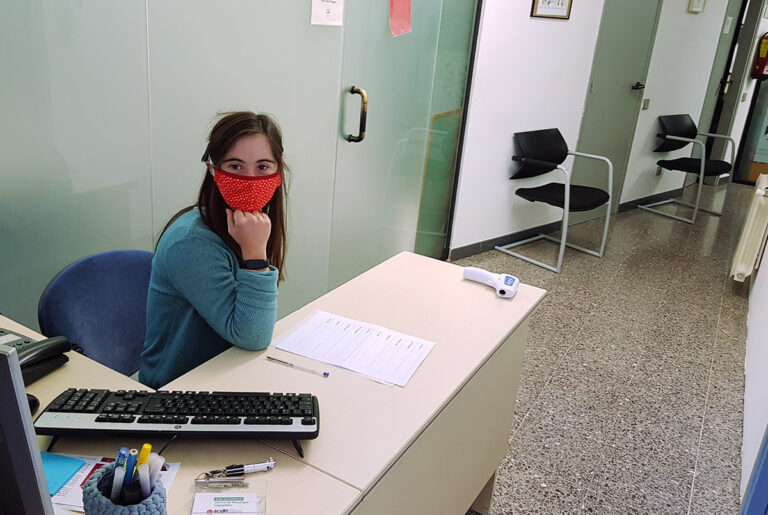The Learning Environment
Robert J. Doman Jr.
The most important factor in how much and how well children learn is the learning environment itself. If a child’s learning environment does not instill a self-perception of success, it can inadvertently discourage his or her development.
Ultimately, how much children learn is a reflection of how much they like to learn. How much they like to learn reflects how successful at learning they perceive themselves to be. We enjoy success. We are motivated by success. The strong child likes to arm wrestle, the quick child likes to run races, the expert speller likes to play Scrabble, and so on. When a child perceives herself as having the ability to do something well, she is highly motivated while engaged in it, wants to do a lot of it, and, as a result, gets better and better at it. Turning children on to learning is key to creating a positive learning environment.
Children learn as a result of the input their brains receive from their senses. What they learn is a reflection of the frequency, intensity, and duration with which their brains receive specific input. We may be able to make a child stay in one place for an extended period of time (duration) while we go over and over the material (frequency), but the child has control over the intensity of the input. The child can be turned on or off. If turned on, the child learns rapidly; if turned off, learning may never occur.
Turning the child on—or off—to learning is largely determined by the learning environment. A positive environment encourages learning; a negative environment creates actual neurological dysfunction and discourages development and learning. For example, when a parent comments on a second-grade child’s math assignment, the comments may be positive (this lets the child know he is doing well) or negative (this can discourage and destroy the child’s motivation). Often the negative response comes quite naturally; therefore, we must learn how to be positive. Look at the differences between the positive and the negative responses to three second-grade children after they completed an assignment of ten math problems.
Negative: “Johnny, you’re a very bright boy, and I expect a lot from you. Today you got one wrong. You’ll have to work harder and be more careful next time.”
Positive: “Johnny, that’s fantastic! You got nine right! How did you get so smart?”
Negative: “Alice, you got three wrong—you can do better than that. I’m afraid I can’t give you a happy-face sticker today.”
Positive: “Alice, that’s great! You got seven problems right, and three were real tough problems on that page. Let me show you how to do these real tough ones.”
Negative: “Billy, this is terrible. You got more than half of these problems wrong. You’re just not trying!”
Positive: “Hey, Billy, you’re getting it. Look, you got this, this, and this one right. Super! You watch while I do these other problems. I bet you can get them right the next time.”
Can our children develop and learn in a negative environment? Yes, most do, but children cannot thrive in a negative environment, nor can they develop and learn as they would in a positive, reinforcing environment. Symptoms of the negative environment include negative attention-getting behaviors such as defiance, lack of motivation, anger, poor self-image, and lack of development and learning. Creating a positive, reinforcing environment for learning can dramatically change our children’s attitudes, self-image, rate of learning, and the degree to which learning occurs.
What children get out of the educational process is a reflection of what we put in. If we are not pleased with the output, we should examine and modify the input, creating a positive educational environment. We must point out what children know and applaud what they do well. In return, they will be motivated to learn—and do—more.




